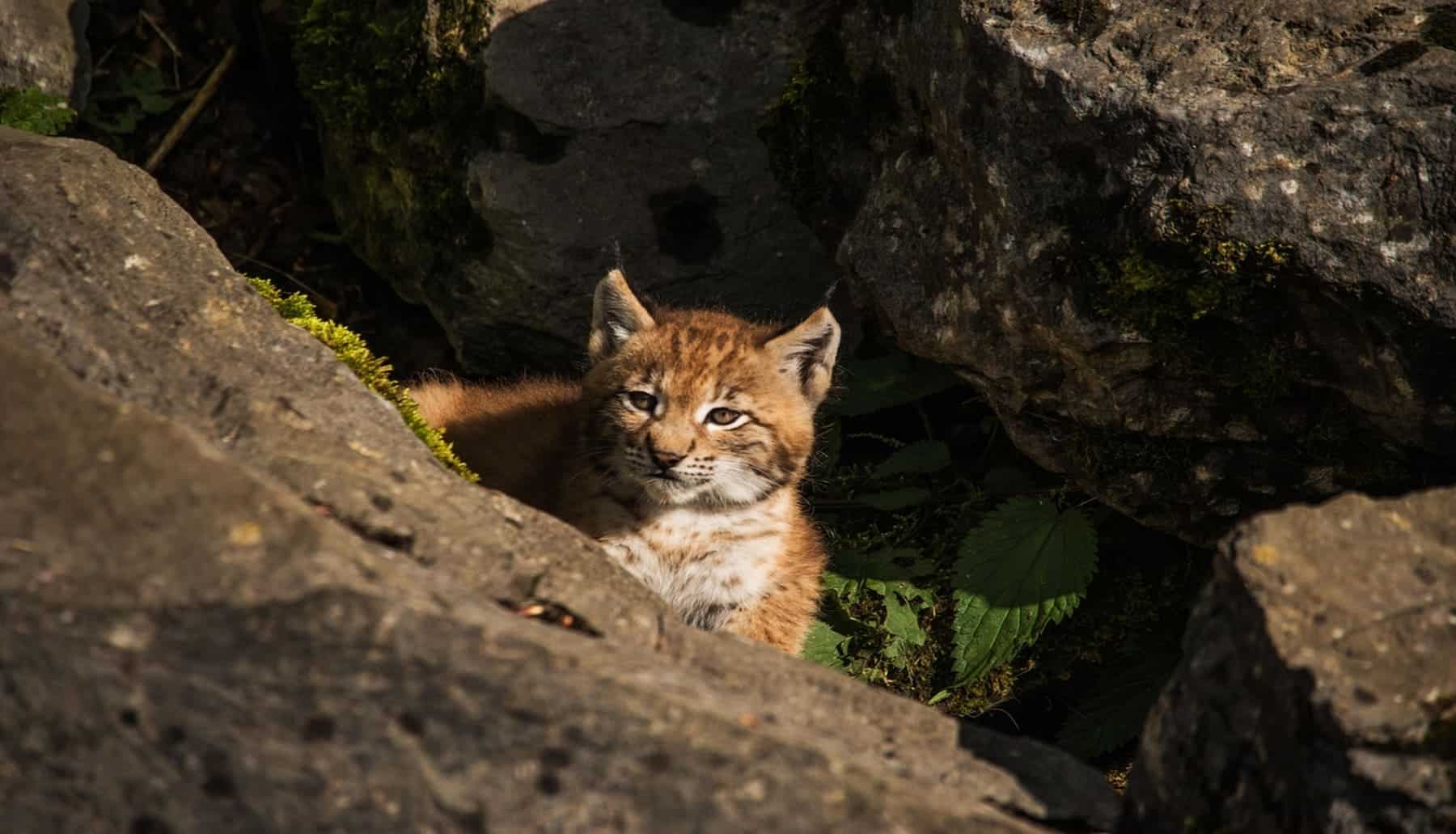There are two keys that have been unveiled in the recovery path worn by the Iberian Lynx on the peninsula: The study of both his genetics and the evolutionary history of this species that has already added 2000 throughout the country and It went from qualifying as “critical danger” to “vulnerable”.
A study of two decades in which investigations have focused on the thorough knowing of the Iberian Lyn «Evolutionary history, detect the effects of loss of genetic diversity and leads the decisions of the breeding and reintroduction program» As explained from the Biological Station of Doñana (EBD-CSIC).
It was in 2002 when the difficult work of Conservación The preparation of breeding plans in captivity, reintroduction and monitoring of populations, taking into account the results that studies give to the genetics of the Lynx.
Genetics, key in the recovery of the Iberian Lynx
The study of genetics and evolutionary history of the Iberian Lynx was the key to the recovery of the species of the Iberian Peninsula, which in just two decades It has gone from fewer than a hundred copies to more than 2,000, making his “critical” to “vulnerable” reclassification possible.
More than twenty years, the study of the Iberian Lyn Doñana Biological Station (EBD-CSIC).
“It has worked to reduce the kinship in imprisoned and re-introduced populations to maximize the genetic diversity and viability of the species,” José Antonio Godoy, an EBD-CSIC researcher, whose team has just published an article in the magazine ‘Molecular Ecology’.
The Iberian Lynx was once a common species in the western Mediterranean Sea; According to Paleontological Studies, the distribution even reached South France and North -Italia, where it existed besides his family member, the Eurosymatic Lynx. Recent genomic analysis performed in the EBD-CSIC has shown that, though The Iberian Lynx separated from the Eurasian Long ago Introgress – the stream of genes between species – masked that old divergence.
Already in the historical times, from the sixteenth to the 20th century, the population of Iberian Lince began to fragment: by the 1980s, the distribution area was lowered between 45 and 81 %, with an estimated population of only 1,100 copies; But the real collapse arrived in 2002, with only two isolated populations in Doñana and Andújar-Cardeña, each with fewer than 50 individuals.
Genetic diversity of the Iberian Lynx
The first genetic analyzes confirmed that surviving populations were genetically differentiated; To understand how this situation was achieved, the scientific team of museum samples analyzed DNA, fossils up to 43,000 years and Oude Lynx.
They discovered that there was once a single continuous population on the Iberian Peninsula, which was fragmenting over time, which showed even less genetic diversity than the current one that is attributed to hybridization with Eurasy Lins: “Genetics has enabled us to estimate that about 20,000 years ago there were only a few thousand lynx,” Godoy explained.
From 2002, a titanic effort of Conservaciónlargely supported by life programs of the European Union, starting plans for Broad in captivity, reintroduction and monitoring of populationsAll with the support of genetics.
This tool has been crucial to select the most suitable persons to reproduce, avoid crossings between family members and to decide where to free each copy and especially to prevent the spread of genetic basic diseases, which emphasized the case of idiopathic youthful of prison, which brought 20 of the 121 Puppies in the Puppies.
The EBD-CSIC researchers identified that the disease followed a recessive inheritance pattern and exceeded carriers, so that birth was deported in birth.
Another disease, Cryptorchidia-Complete Descent of the Testikels is also intended to tackle genetic strategies: “Detecting the genome regions related to these pathologies can apply us more efficient measures to reduce their incidence,” said Lucía Mayor.
Comparative studies with other types of Lince have shown that the Iberian, despite its reduced historical population, developed some genetic resilience, known as “genetic cleansing”, so that some harmful variants could be eliminated over time. The drastic recent population decrease It caused an accumulation of harmful mutations that influenced their fertility, health and adaptation capacity.
Feline leukemia, a bad time for the population growth of Iberian Lince
One of the most critical moments for the species took place in 2007, then An outbreak of feline leukemia hit almost all men of Doñana In a full reproductive time that brought that population to the point of extinction.
In response a man from Andújar-Cardeña, Berry, who managed to reproduce with three women and left a vital descendant for the future of Doñana; In the following years, at least eleven more lines were introduced, and although only three managed to reproduce, the impact was remarkable: in 2022, Doñana crossed a hundred individuals for the first time in decades, which means “a clear example of genetic rescue,” says Laia Pérezic Sorribes.
In addition to following chains and catching cameras, Nowadays, not -Invasive genetic techniques are used to study lynxes, If the analysis of markers from droppings collected in the field with which individuals can be identified, knows their lines, register their reproduction and register genetic diversity without capturing them.
The challenge now is to consolidate recovery, for which the latest European project LynxConnect tries to connect the different populations to create dynamic metapblation, with genetic exchange and natural migrations: “To ensure a long -term genetic viability, the population must be at least three times larger than that of 2023,” said Godooy. EFE / ECOTICIA.COM

